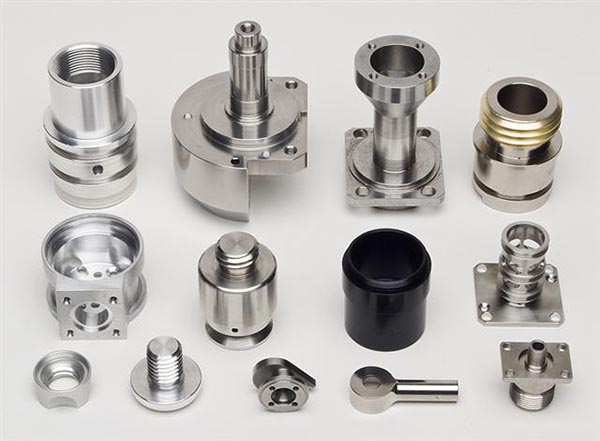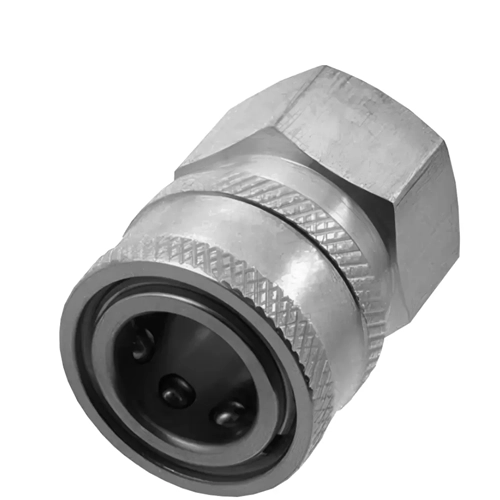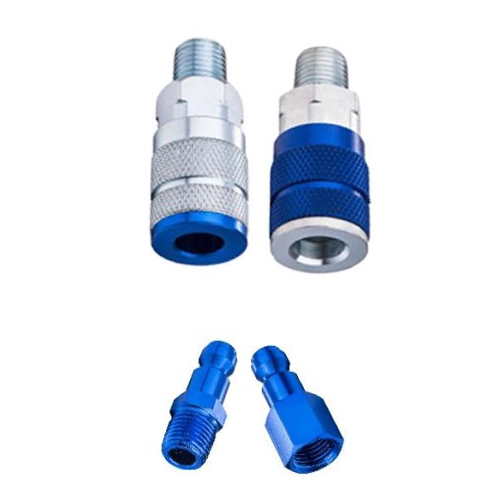The main points of custom CNC copper alloy parts for electronic equipment involve many aspects, and the following is a detailed summary of these points:
First, material selection and preparation
Select the appropriate copper alloy material
There are many kinds of copper alloys, including brass, bronze, white copper, etc., each alloy has different physical and chemical properties, such as electrical conductivity, thermal conductivity, ductility, corrosion resistance, wear resistance, etc. The most appropriate copper alloy material should be selected according to the specific use environment and performance requirements of the electronic equipment.
Material inspection and pretreatment
Strict quality inspection of the purchased copper alloy material to ensure that its chemical composition, mechanical properties and so on meet the processing requirements.
Pre-treatment of the material, such as cutting, cleaning, deburring, etc., to ensure that the surface of the material is clean and smooth, and reduce defects in the processing process.
Second, CNC processing technology and equipment
Choose the right CNC machine tool
Select the CNC machine tool with high precision and high stability, the key parameters such as spindle speed, feed speed, positioning accuracy and repeated positioning accuracy should meet the machining requirements.
Advanced control systems are also essential, which can quickly respond to machining instructions, achieve precise control of complex trajectories, and improve machining efficiency and stability.
Tool selection and optimization
Copper alloy is relatively soft, which requires higher sharpness and wear resistance of the tool. It is recommended to use high-speed steel or cemented carbide tools, which have better durability and cutting performance when processing copper alloys.
According to the specific processing needs, optimize the geometric parameters of the tool (such as edge inclination, front Angle, back Angle, etc.) to reduce the cutting force and improve the quality of the machined surface.
Reasonable processing parameter setting
Reasonable setting of spindle speed, feed speed, cutting depth and other processing parameters to avoid overheating damage and overload of the tool. These parameters should be adjusted according to material thickness, tool type and machine performance to achieve the best machining results.
Programming and path planning
Use professional CAD/CAM software for CNC programming, converting design drawings into machine-readable codes.
Planning a reasonable machining path to avoid interference between the tool and the workpiece to ensure the safety and stability of the machining process.
According to the specific shape and size of copper alloy parts, choose the appropriate processing strategy, such as rough machining, semi-finishing and finishing, to improve processing efficiency and quality.
Third, control in the processing process
Use of coolant
Copper alloy has good thermal conductivity and is easy to generate a lot of heat during cutting. The use of coolant can effectively reduce the cutting temperature, improve tool life and machining quality.
Select the appropriate coolant and ensure that the coolant adequately covers the processing area. Common coolants include water-soluble coolants and oil-based coolants, and the selection should consider the machine tool requirements and processing effects.
Process monitoring and adjustment
In the process of processing, the running state of the machine tool is monitored in real time, including the spindle temperature, tool wear, cutting force changes, etc.
Once abnormal conditions are found, the machine should be stopped immediately to check and adjust the machining parameters or replace the tool.
Maintenance and maintenance of machine tools
Perform regular maintenance on the machine to ensure that it is in the best working condition. This includes cleaning the chip and oil inside the machine tool, checking and adjusting the parts of the machine tool, lubricating the moving parts of the machine tool, etc.
Fourth, post-processing and detection
Inspection of parts
After processing, the size and appearance of the copper alloy parts are tested to ensure that they meet the design requirements. Commonly used testing tools include vernier caliper, roughness meter, coordinate measuring instrument and so on.
Surface treatment
According to the need, the surface treatment of copper alloy parts, such as polishing, electroplating, etc., to improve the performance and appearance of parts. Electroplating can enhance corrosion resistance, hardness, conductivity and smoothness of copper alloy.
Fifth, safety and environmental protection
Safe production
In the process of processing, strictly abide by the safety production norms, wear protective equipment, such as safety glasses, ear plugs, protective gloves, etc.
Ensure that the work area is clean and safe to avoid accidents.
Environmental protection measures
Waste chips and coolant generated during the cutting process need to be properly disposed of to prevent pollution to the environment.
Adopt green processing technology to reduce energy consumption and waste emissions.
In summary, the main points of custom CNC copper alloy parts for electronic equipment involve material selection and preparation, CNC processing technology and equipment, control during processing, post-processing and testing, and safety and environmental protection. Only by comprehensively mastering these points and continuously optimizing the processing technology, can the high-precision and high-efficiency processing of copper alloy parts be realized.





